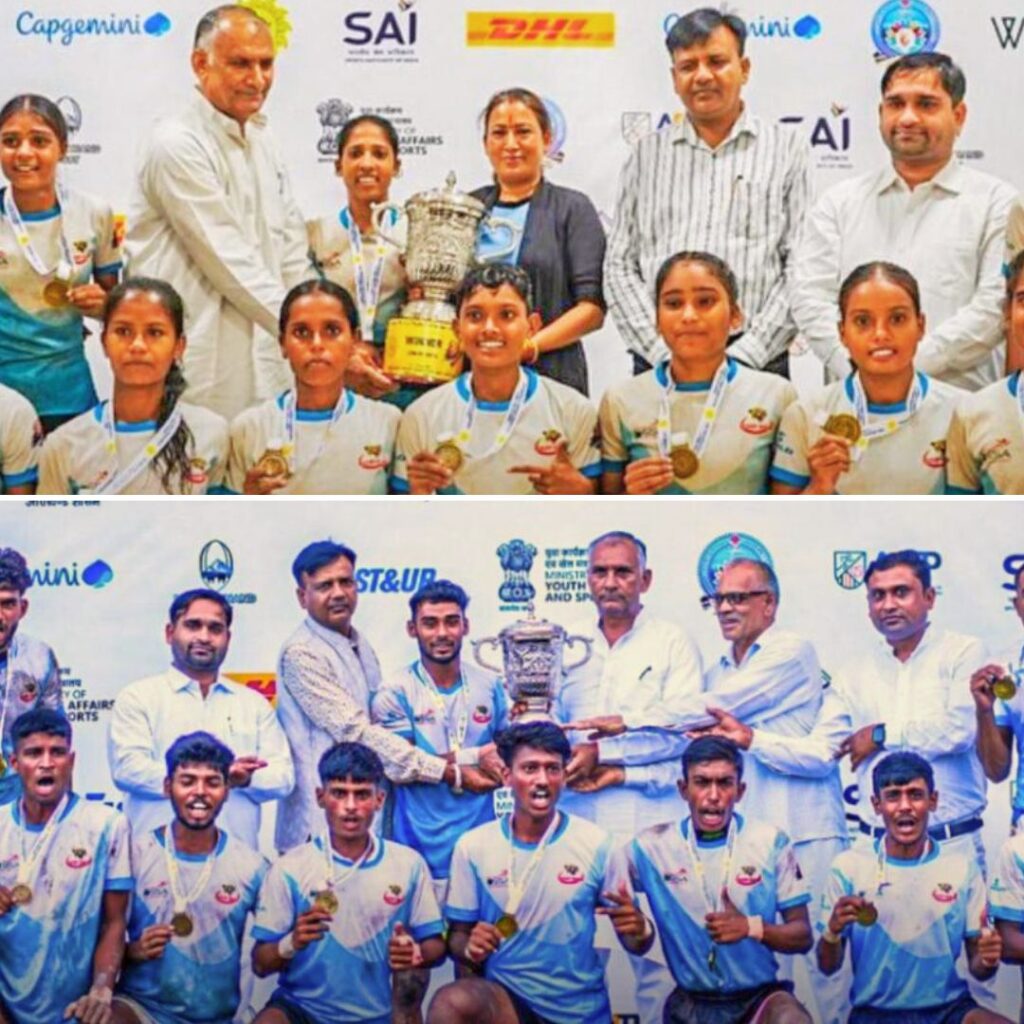For about two months, Dalits in Garagaparru, Andhra Pradesh have been suffering under a social boycott enforced by upper caste locals in the village. The economic isolation of the Dalits began after they installed a statue of Bhimrao Ambedkar in Garagaparru village in 24 April.
The situation has degraded since April, with the Dalit community becoming increasingly isolated and caste tensions dangerously high. Officials initially denied the existence of a boycott, alleging that the entire incident was politically motivated. However, officials of the National Commission for Scheduled Castes visited the region this week and confirmed the existence of a boycott.
Background
Garagaparru was always deeply segregated on a caste basis. A Y-drain segregates different communities in the village, with upper caste Kshatriyas occupying the more posh region while the Dalits inhabit the more dingy region.
A three-acre freshwater tank in the village is a centre of attraction as it adorns a row of statues honouring Andhra Pradesh’s icons. These statues include those of Potti Sriramulu (the man who laid down his life for formation of a Telugu state), Sir Arthur Cotton (architect of delta irrigation system), freedom fighter Alluri Sitarama Raju, and war hero Tandra Paparayudu.
Since all the statues were statues of upper caste icons, the Dalit citizens of the village approached the village sarpanch Unnabatla Elizabeth and local Member of Territorial Constituency (MPTC) Siringula Venkata Ratnam requesting for a statue of Bhimrao Ambedkar to be erected in the area.
Both Elizabeth and Ratnam hail from the Mala community and were elected to their posts on the TDP ticket under the SC quota. They were allegedly in favour of building the statue but were met with resistance by party members and village elders from the upper-caste community.
According to The Hans India, the attempts for a due place for the Ambedkar statue were allegedly viewed by upper-caste people as an assertion of Dalits to establish their identity in the village.
Boycott begins
Frustrated by the upper-caste community’s adamancy, the Dalits took it upon themselves to erect the statue. They installed the Ambedkar statue late at night on 24 April. However, it was removed by unknown persons, though the suspicion is on the upper-caste community, which was unhappy about an Ambedkar statue in the village.
Enraged, the village’s Dalit men and women staged a dawn-to-dusk rasta-roko protest on the Bhimavaram-Tadepalligudem road near the tank. 20 protesters were allegedly detained by the police, though the local authorities did not try to alleviate the tensions between the communities.
In retaliation, the upper-caste community of Garagaparru initiated a social boycott of the Dalit community. The Dalits lost their livelihoods, their farms, and were not given any jobs, labour or otherwise, by the others in the village, leaving them to fend for themselves in a precarious situation.
National Commission for Scheduled Castes visit
On Tuesday, 27 June, Member of the National Commission for Scheduled Castes K Ramulu visited the affected regions to interact with the Dalits. He confirmed that the Dalits were subjected to social boycott by the upper castes and the bone of contention was the proposal to build an Ambedkar statue. Since the beginning of the boycott, the isolation of the lower castes had spread to neighbouring villages as well.
On the day of Ramulu’s visit, police forces were on duty round-the-clock in the village and Section 144 CrPC prohibitory orders came in force. Police did not allow anyone to enter the village without proper identity card and Aadhaar card.
The National Commission directed the West Godavari district administration to initiate action against the accused besides taking steps to ensure the prevalence of normalcy in the village and the victims get back their agriculture works.
“They should get back their farms and able work in the village as usual. There is an immediate need to restore normalcy in the village. Legal action should be initiated against the accused,” Ramulu was quoted by The Hindu as saying.
Meanwhile, Dalit activists and groups are gathering in the region to demand action; if the boycott is not lifted, they say they will launch a national agitation.
The Logical Indian take
There is no denying that the caste system has shaped Indian society for a long time. This has given rise to widespread oppression and hereditary entitlements that continue to this day. It is to be ensured that the steps taken to undo the harm done by such medieval practices are made more effective and do not create further inequality in the society.
In the Garagaparru case, readers may question why the peoples’ castes have been highlighted so frequently in this article. It is because caste is the central theme to this boycott that has been in place for the past two months in the village. The first step to solving a problem is admitting…











